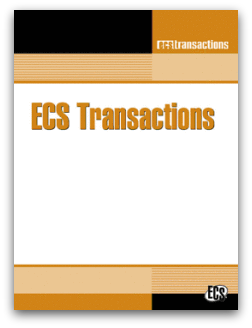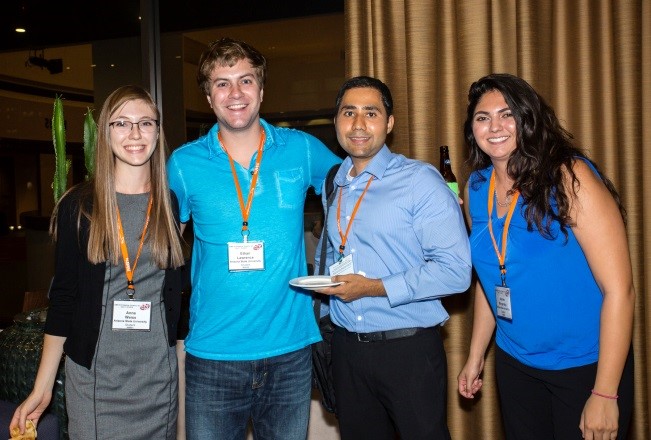With a robust career in academia, Daniel Scherson has touched many aspects of science and worked with many notable pillars of electrochemistry. From his work on nonlinear, non-equilibrium thermodynamics with Joel Keizer to his work with Heniz Gerischer and Dieter Kolb at the Fritz Haber Institute — Scherson’s career has been shaped by some of the leaders in the field.
He joined Case Western Reserve University in 1983, where his research focuses on bettering device such a fuel cells, batteries, and electrosynthetic reactors. Scherson has been featured by many for the development of the “cyborg cockroach” that produces energy.
Listen to the podcast and download this episode and others for free through the iTunes Store, SoundCloud, or our RSS Feed. You can also find us on Stitcher.





